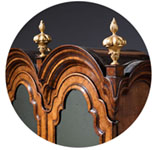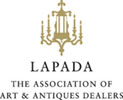A Fine 18th Century Georgian Chippendale Giltwood Rococo Mirror, Circa 1760
Sold
Request Information
Follow Us
A Fine 18th Century Georgian Chippendale Giltwood Rococo Mirror
Circa 1760
In full rococo form the free flowing cartouche of acanthus leaves in the form of a love heart is off balance, giving the allusion of movement, a sort of life like quality. This detail in itself shows off the high level of skill required which is again demonstrated in the climbing flora to the left and right of the frame which is adorned with C-scrolls also known as ‘French curve or courbe française’. The flora is most likely to be the flowers, leaves and fruit of the fig tree. Figs were imported from France, Spain and Italy to England in the 18th century and were planted on the south walls of stately houses whose aristocratic owners appeared to be the only ones to appreciate them… the lower classes having little regard for figs and often derided them, as in the common saying ‘not worth a fig’. Interestingly, ‘Brunswick’, ‘Brown Turkey’ and ‘White Marseilles’ are still the most commonly grown figs in Britain.
Fabulous dry untouched and original surfaces to the reverse of this superb carved 18th century Chippendale period rococo gilt-wood pier or over console mirror.
Lovely to see an old paper label “Chippendale gilt mirror. Charles Lumb and Son’s Ltd. EXHIBITED AT THE ANTIQUES DEALER’S FAIR June 1967”.
Charles Lumb and Sons were established in c.1907 in Harrogate – Charles Lumb (c.1887-1963) was originally a cabinetmaker and, with his sons Frank and Reginald, and his grandson Tony Lumb, developed into one of the most important antique furniture dealers outside of London.
Attribution
Of Chippendale rococo style form and period.
Condition
Superb condition
Dimensions
H 125 cm x W 61 cm x D 7 cm
Provenance
Private collection Edinburgh.
EXHIBITED AT THE ANTIQUES DEALER’S FAIR June 1967, by Charles Lumb and Son’s Ltd
PREVIOUSLY SOLD
No Results Found
The page you requested could not be found. Try refining your search, or use the navigation above to locate the post.
No Results Found
The page you requested could not be found. Try refining your search, or use the navigation above to locate the post.
YOU MAY ALSO LIKE
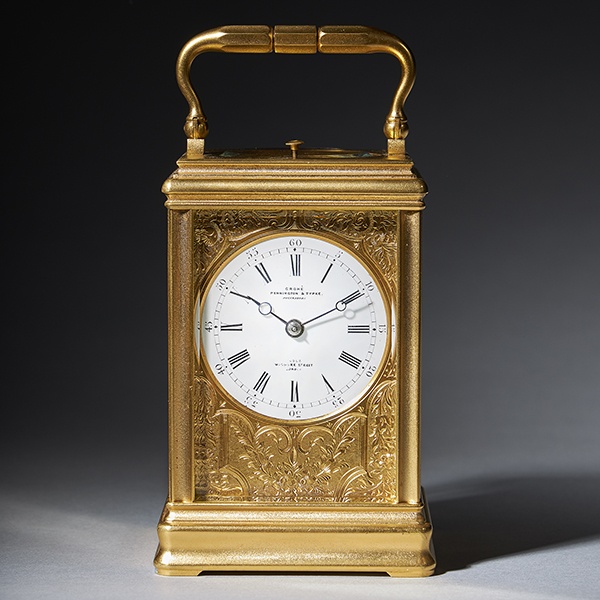
19th Century Repeating Gilt-Brass Carriage Clock by the Famous Drocourt
19th Century Repeating Gilt-Brass Carriage Clock by the Famous Drocourt £5,600 Follow Us19th Century Repeating Gilt-Brass Carriage Clock by the Famous Drocourt A superb repeating carriage clock with a gilt-brass gorge case by the famous maker...
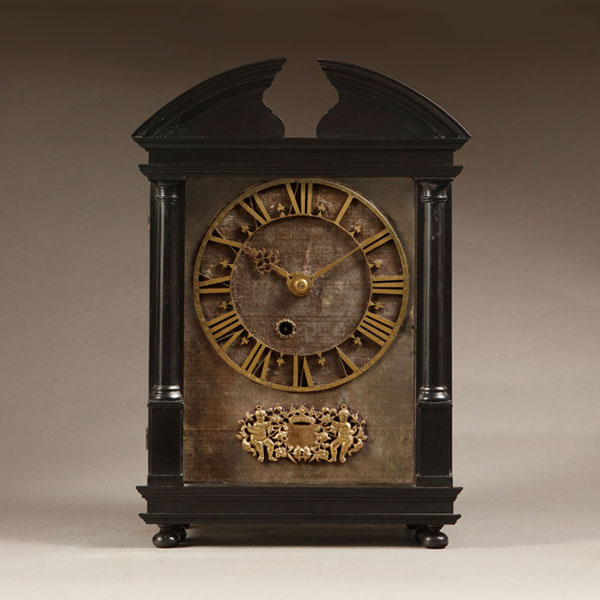
17th-Century Hague Clock Signed by Pieter Visbagh, circa 1675
Small 17th Century Hague clock made c. 1675 by Pieter Visbagh, who was apprenticed by Salomon Coster. The latter made the first pendulum clock according to the instructions of Christiaan Huygens, the internationally renowned scientist who developed the idea of applying a pendulum to a clock movement.
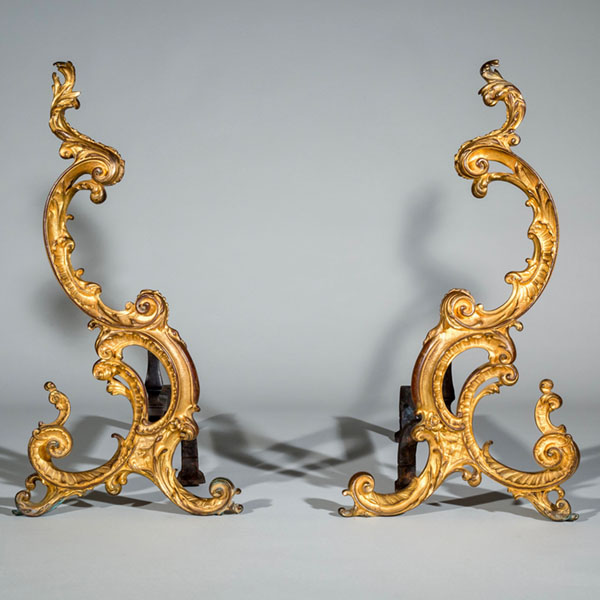
Pair of 18th-Century English Rococo Gilt Bronze Andirons or Firedogs
An exceptional pair of 18th century English Rococo gilt bronze andirons or fire dogs.
The bold shape of these andirons relate to designs of Thomas Johnson (1714–1778), one of London’s pioneers of the ‘Modern’ or French style, later known as Rococo.
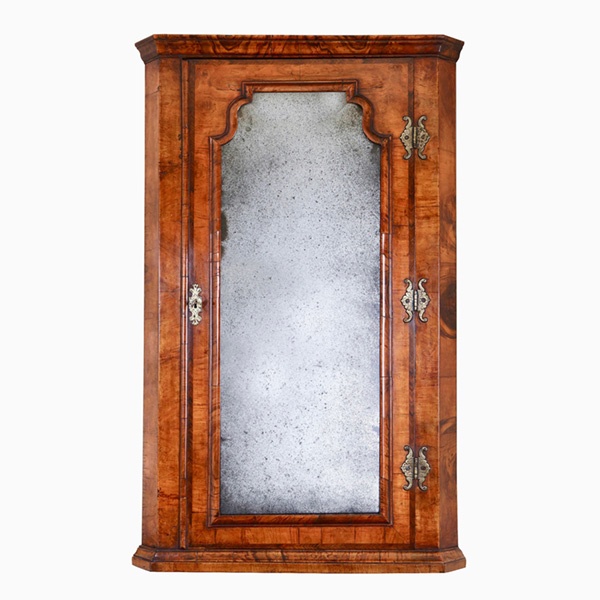
Queen Anne Walnut Corner Cupboard with Bevelled Mirror Plate
A truly remarkable find in original condition. To the door a shaped soft bevelled mirror plate is framed by a cross-grain molding of typical queen Anne design which is further cross-banded, feather-banded and edged to the opening with a single de-molding.

19th Century Repeating Gilt-Brass Carriage Clock by the Famous Drocourt
19th Century Repeating Gilt-Brass Carriage Clock by the Famous Drocourt £5,600 Follow Us19th Century Repeating Gilt-Brass Carriage Clock by the Famous Drocourt A superb repeating carriage clock with a gilt-brass gorge case by the famous maker...

17th-Century Hague Clock Signed by Pieter Visbagh, circa 1675
Small 17th Century Hague clock made c. 1675 by Pieter Visbagh, who was apprenticed by Salomon Coster. The latter made the first pendulum clock according to the instructions of Christiaan Huygens, the internationally renowned scientist who developed the idea of applying a pendulum to a clock movement.

Pair of 18th-Century English Rococo Gilt Bronze Andirons or Firedogs
An exceptional pair of 18th century English Rococo gilt bronze andirons or fire dogs.
The bold shape of these andirons relate to designs of Thomas Johnson (1714–1778), one of London’s pioneers of the ‘Modern’ or French style, later known as Rococo.

Queen Anne Walnut Corner Cupboard with Bevelled Mirror Plate
A truly remarkable find in original condition. To the door a shaped soft bevelled mirror plate is framed by a cross-grain molding of typical queen Anne design which is further cross-banded, feather-banded and edged to the opening with a single de-molding.
